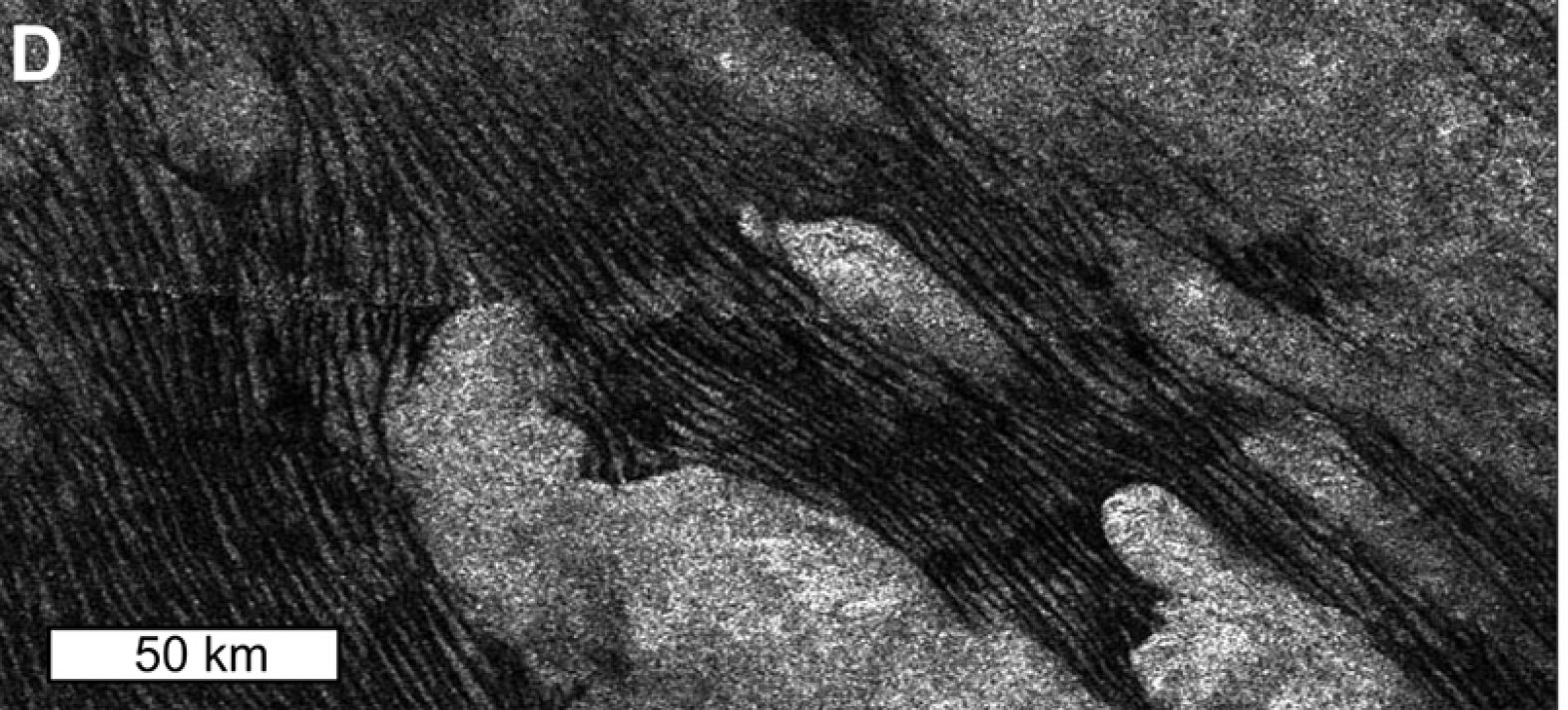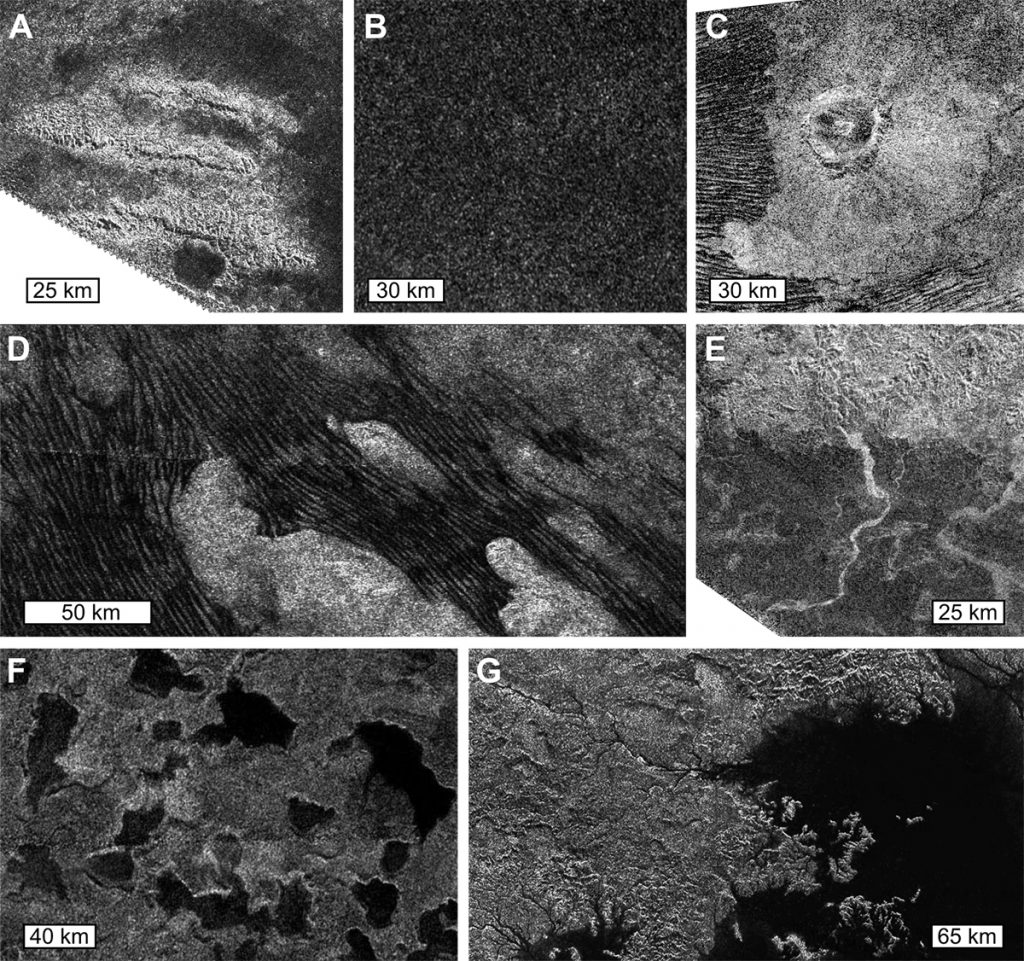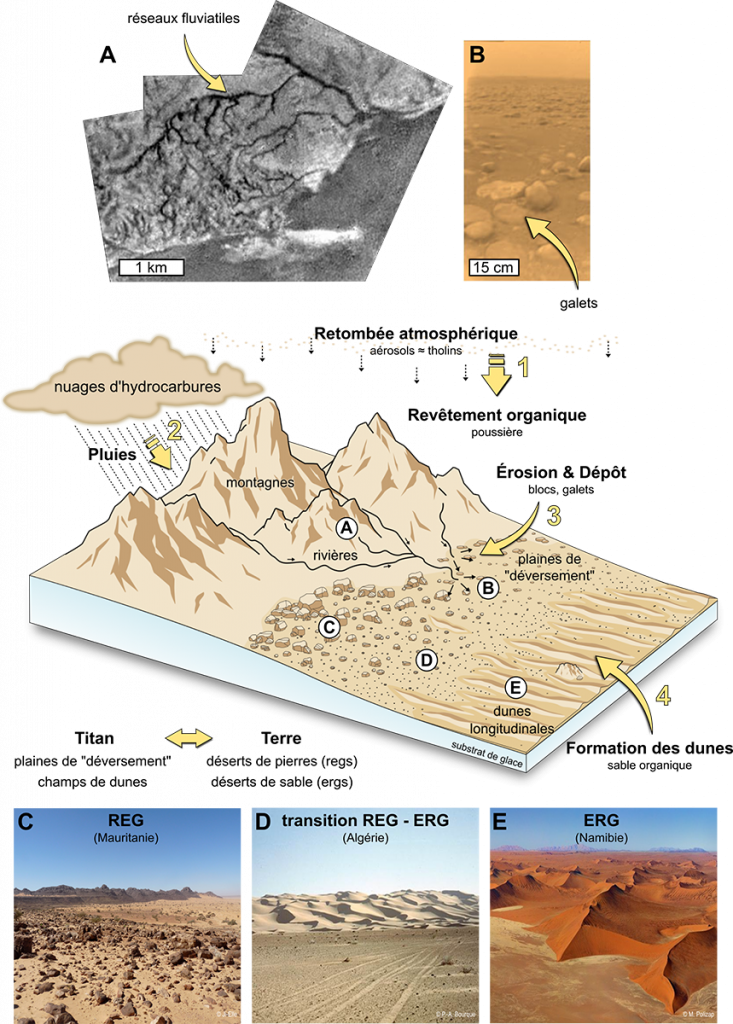What’s happening in Titan’s equatorial belt?
Over the last thirteen years (2004 - 2017), the Cassini-Huygens mission has brought about a real revolution in the exploration of Titan, Saturn's largest moon. This mission has revealed that Titan is - in many respects - very similar to Earth.

Publication date: 16/05/2018
Press, Research
Related teams :
Planetology and Space Sciences
Related themes : Origins









